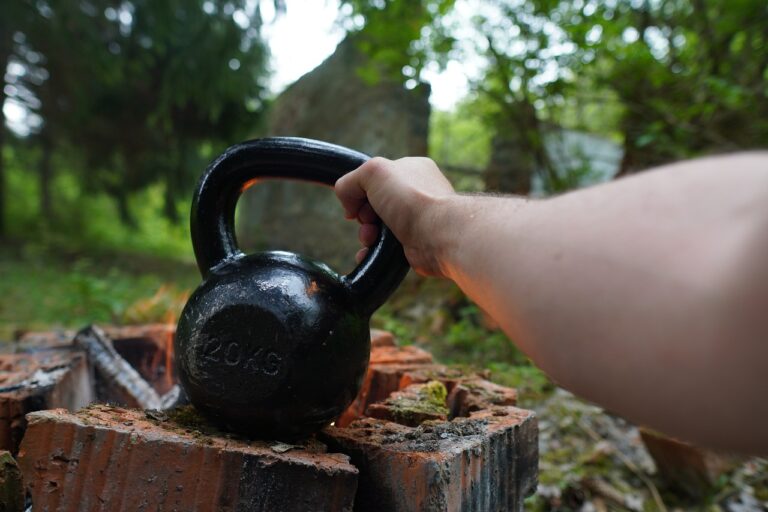The Role of Occupational Therapy in Stroke Rehabilitation
Occupational therapists play a crucial role in the recovery process of stroke survivors by focusing on enhancing their ability to perform daily activities. Through tailored interventions, they address physical, cognitive, emotional, and social challenges that may arise post-stroke. By working closely with patients, occupational therapists help them regain independence and improve their quality of life.
Moreover, occupational therapists collaborate with multidisciplinary teams to create individualized treatment plans that address the unique needs and goals of each stroke survivor. They assess the impact of stroke on a patient’s daily activities and design interventions to promote functional independence and participation in meaningful tasks. By providing rehabilitation programs that target specific deficits and enhance overall well-being, occupational therapists contribute significantly to the recovery journey of stroke survivors.
Understanding the Impact of Stroke on Daily Activities
Individuals who have experienced a stroke often face challenges in performing their daily activities independently. The physical and cognitive impairments resulting from a stroke can significantly impact a person’s ability to carry out tasks such as dressing, grooming, cooking, and driving. These limitations can affect not only the individual’s sense of independence but also their overall quality of life.
Furthermore, the impact of a stroke on daily activities extends beyond physical limitations. Cognitive deficits, such as difficulties with memory, attention, and problem-solving, can pose additional barriers to completing tasks effectively. This cognitive impact may result in challenges with organization, time management, and decision-making, leading to increased frustration and dependence on others for assistance with daily activities.
• Individuals who have experienced a stroke may struggle with physical tasks such as dressing and grooming
• Cognitive deficits resulting from a stroke can lead to difficulties with memory, attention, and problem-solving
• Challenges with organization, time management, and decision-making may increase frustration and dependence on others for assistance
Assessment and Goal Setting in Occupational Therapy for Stroke Patients
Assessment in occupational therapy for stroke patients involves gathering information about the patient’s physical, cognitive, and emotional capabilities. This helps the therapist understand the individual’s strengths, limitations, and areas needing improvement. Assessments may include observing how the patient performs daily tasks, evaluating range of motion and strength, and assessing cognitive function.
Goal setting is a collaborative process between the occupational therapist and the stroke patient. Goals are tailored to the individual’s specific needs and may focus on improving independence in self-care tasks, mobility, or cognitive skills. Setting goals that are realistic yet challenging can motivate the patient to actively participate in therapy and work towards regaining lost abilities. Goals are often broken down into smaller, achievable objectives to track progress and celebrate milestones along the way.
What is the role of occupational therapists in stroke recovery?
Occupational therapists play a crucial role in helping stroke patients regain independence in their daily activities. They focus on improving physical abilities, cognitive skills, and emotional well-being to enhance overall quality of life.
How does a stroke impact daily activities?
A stroke can affect a person’s ability to perform everyday tasks such as dressing, bathing, cooking, and driving. It can also impact cognitive abilities, communication skills, and mobility.
How do occupational therapists assess and set goals for stroke patients?
Occupational therapists conduct thorough assessments to identify areas of difficulty and set specific, achievable goals for stroke patients. These goals are tailored to the individual’s needs and focus on improving functional abilities and independence.
What are some common goals set by occupational therapists for stroke patients?
Common goals may include improving hand-eye coordination, enhancing balance and coordination, increasing strength and endurance, enhancing cognitive skills, and improving self-care abilities.
How long does occupational therapy typically last for stroke patients?
The duration of occupational therapy for stroke patients varies depending on the individual’s needs and progress. Some patients may only require a few weeks of therapy, while others may benefit from ongoing sessions for several months.







